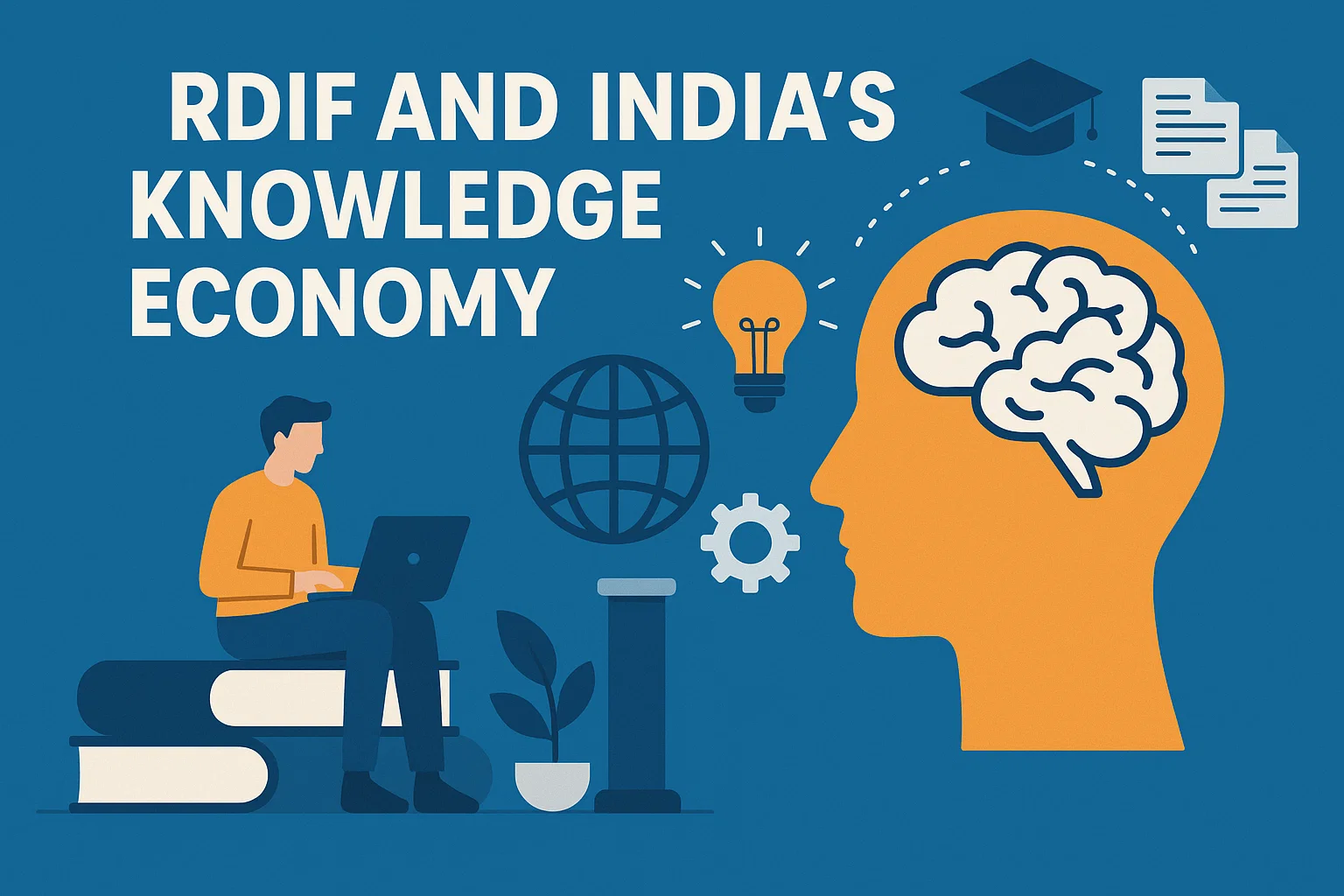Font size:
Print
Five Years After Covid
Context : Tracking Migration
Five years post-pandemic, migration has largely returned to pre-Covid trends, with new challenges and opportunities emerging. The Covid-19 pandemic had caused severe disruptions to migration, affecting both internal and international mobility.
Impact of Covid-19 on Internal Migration
- The pandemic triggered mass reverse migration:
- First lockdown: 44.13 million migrants returned to rural areas.
- Second lockdown: 26.3 million returned.
- Challenges faced by migrants:
- Wage theft, food insecurity, lack of healthcare access.
- Discrimination, stigma, and even instances of brutality.
- Economic strain on families dependent on remittances.
Post-Pandemic Trends in Internal Migration
- Return to urban centres: The rural economy was unable to absorb returning workers.
- MGNREGA provided partial relief but was insufficient for long-term employment.
- Rural distress, low wages, and urban aspirations continue to drive migration.
- Climate change as a factor:
- Studies in Odisha show that climate change is negatively impacting agriculture, leading to increased distress migration.
- Urbanisation and policy initiatives:
- Government initiatives such as the Smart Cities Mission promote urban migration.
- Projected urban population: Expected to reach 40% by 2026.
Impact of Covid-19 on International Migration
- Hardships faced by Indian emigrants:
- Job losses, wage cuts, overcrowded conditions, poor sanitation.
- Despite challenges, remittances remained resilient, underscoring their importance.
- Post-pandemic shifts in migration destinations:
- Gulf Cooperation Council (GCC) countries continue to attract Indian workers.
- Diversification towards Europe:
- Indians were the top recipients of EU Blue Cards (2023).
- Growing migration to non-traditional destinations like Malta and Georgia.
- Increasing migration to Africa:
- Economic growth and job opportunities in IT, manufacturing, and healthcare sectors.
- However, risks exist, as seen in the case of 47 workers stranded in Cameroon.
- Healthcare workers are in high demand globally.
- Student migration surge:
- Kerala Migration Survey (2023): Student emigrants doubled from 1.29 lakh (2018) to 2.5 lakh (2023).
- RBI data (2021): Outward remittances for education peaked at $3,171 million.
- Challenges like the Russia-Ukraine war affecting Indian students.
Challenges in Migration Governance
- Need for policy evaluation and reform:
- e-Shram portal (2021): Aims to create a National Database of Unorganised Workers (NDUW).
- Limited success due to lack of awareness and digital access barriers.
- One Nation One Ration Card (ONORC) scheme (2018):
- Designed to improve food security for internal migrants.
- Many migrants remain outside its ambit, requiring better implementation.
- e-Shram portal (2021): Aims to create a National Database of Unorganised Workers (NDUW).
- Data gaps in migration tracking:
The Way Forward: Strengthening Migration Governance
- Expand state-level migration surveys:
- Improve migrant welfare schemes:
- Enhance awareness and access to e-Shram and ONORC.
- Strengthen social security, insurance, and legal protections for migrant workers.
- Facilitate safe international migration:
- Strengthen pre-departure training and awareness programmes.
- Expand support networks in emerging destinations.
- Adapt policies to climate-induced migration:
- Integrate climate resilience strategies into rural employment schemes.
- Develop policies addressing agriculture-driven migration.
Subscribe to our Youtube Channel for more Valuable Content – TheStudyias
Download the App to Subscribe to our Courses – Thestudyias
The Source’s Authority and Ownership of the Article is Claimed By THE STUDY IAS BY MANIKANT SINGH




